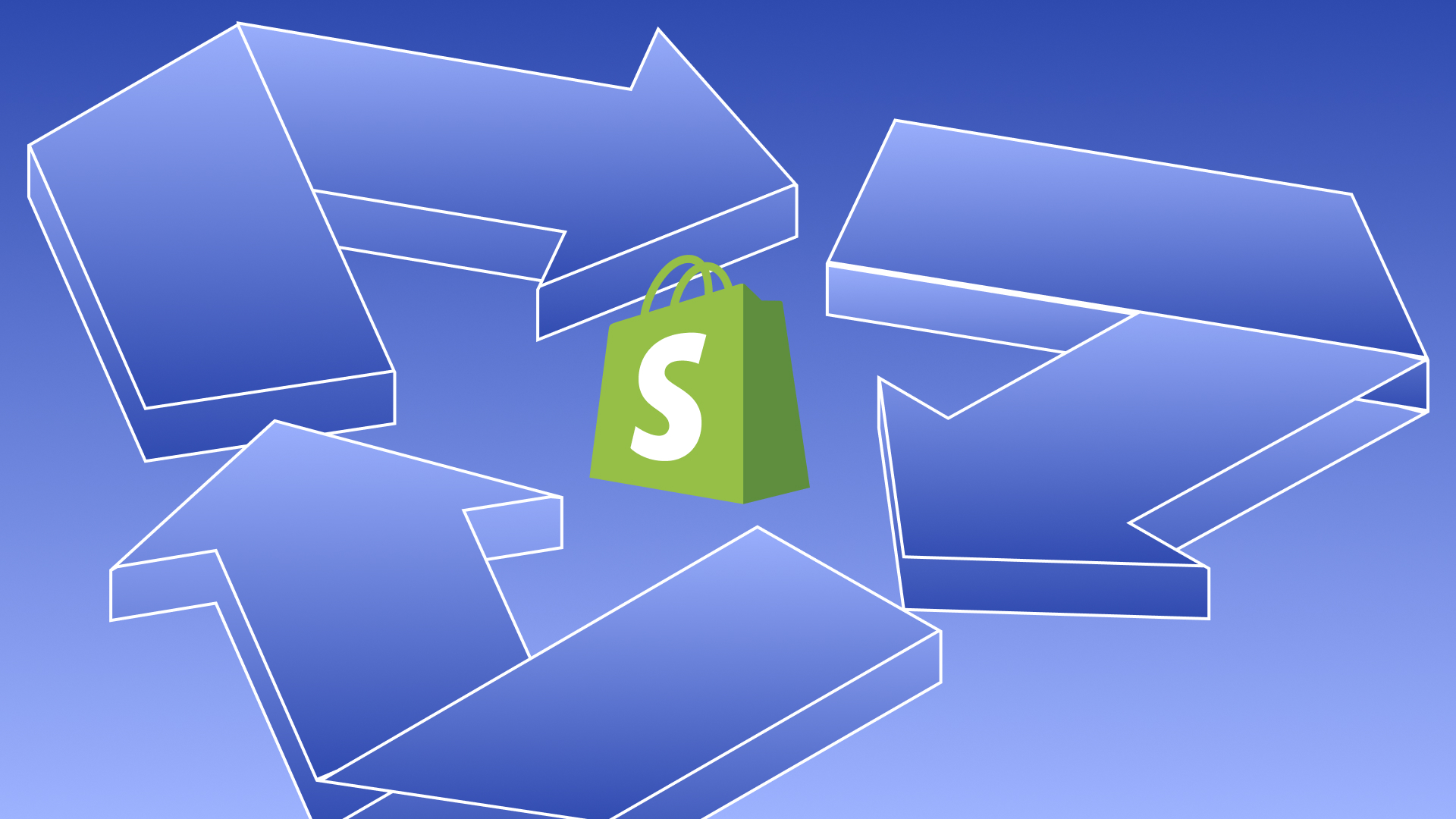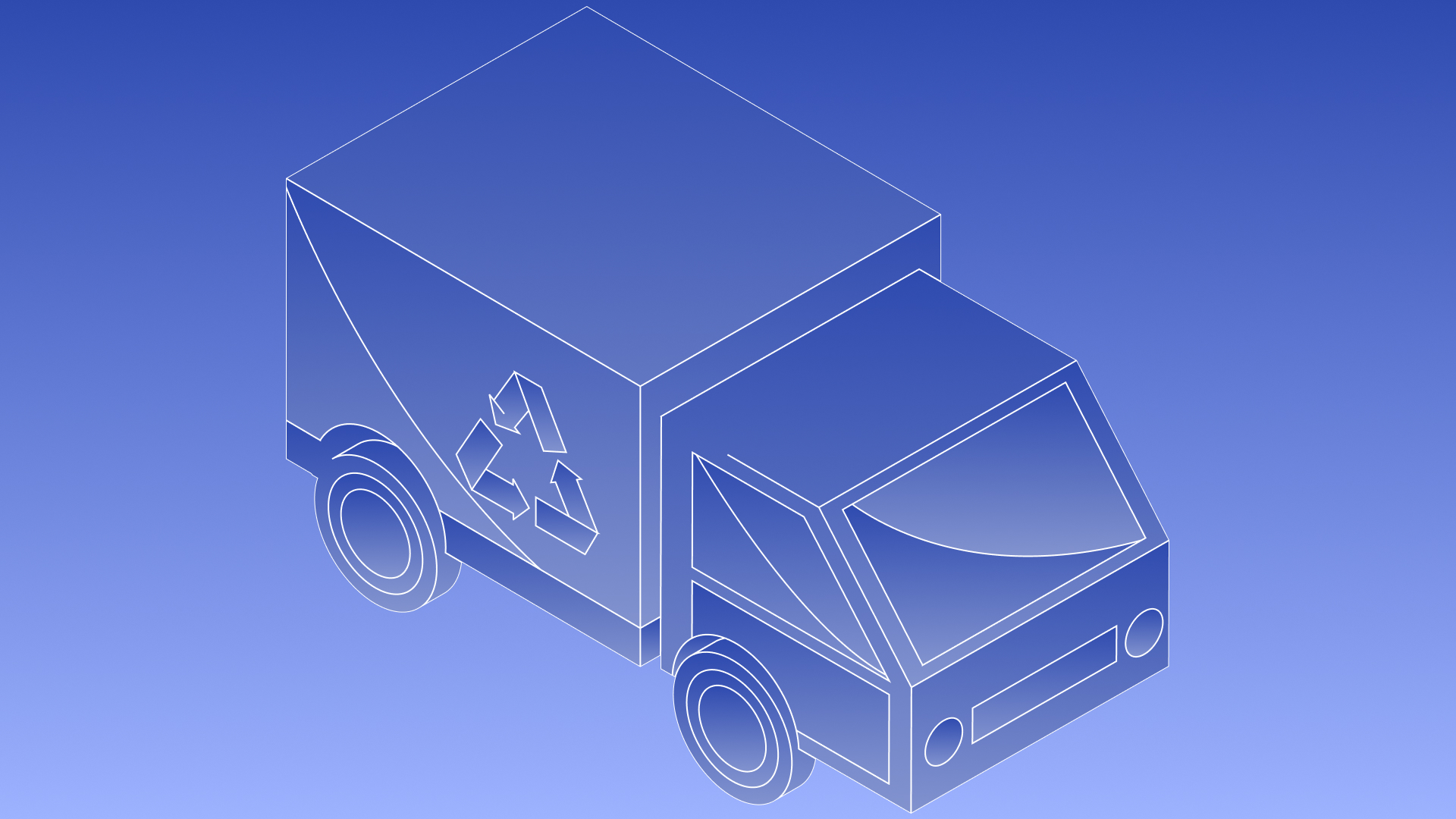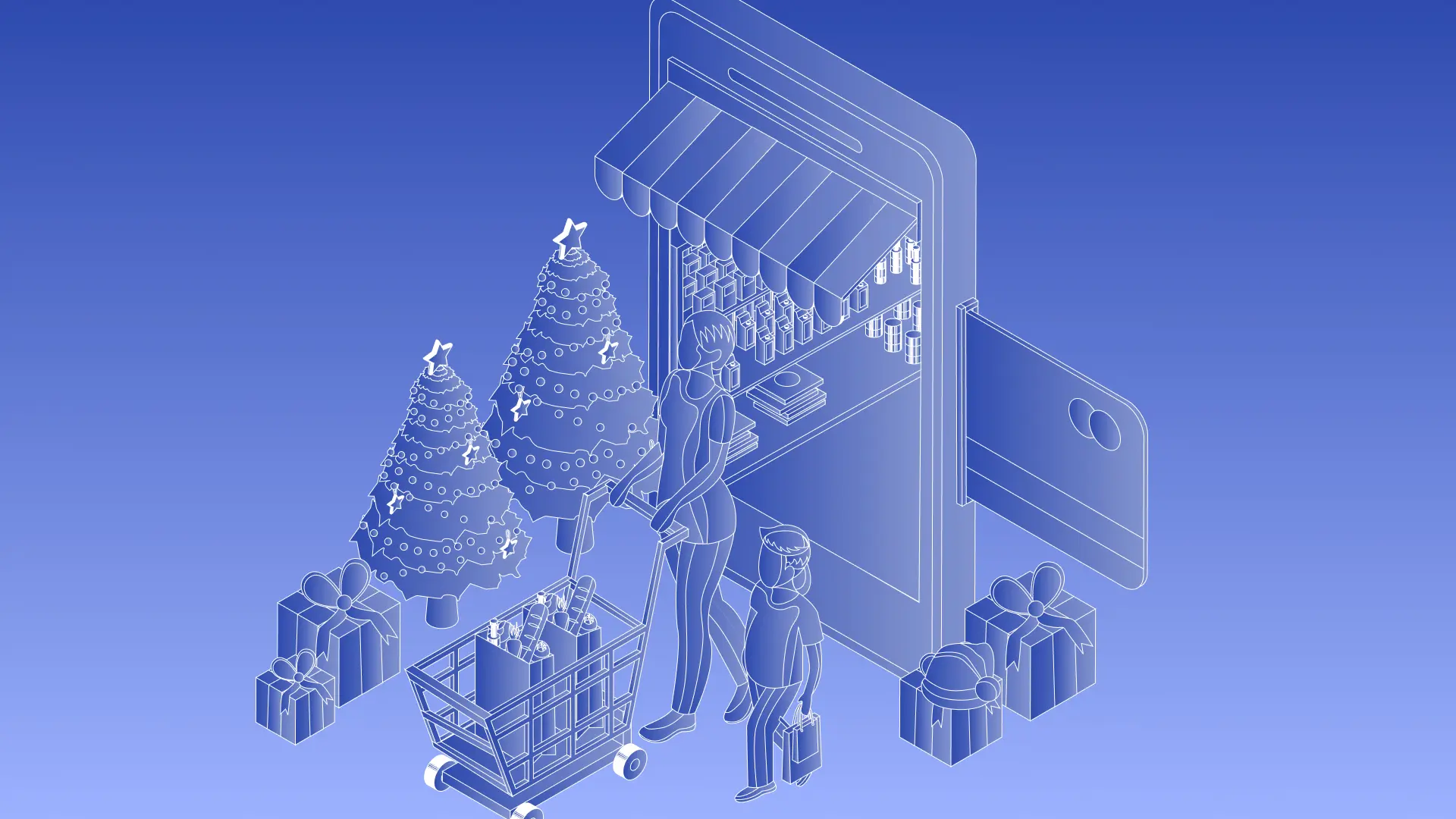Sustainability Features in Shopify: How to Make Your Store Eco-Friendly
- Shopify
- Sustainability
Launched
October, 2024

Introduction
Climate change is an ever-growing threat that is beginning to impact more and more people’s lives. The proof is in the pudding - a recent paper by Science Advances found that 86% of people surveyed worldwide were concerned about climate change and supported taking action to combat it.
Taking this into consideration, it’s important to try to cut down and reduce our individual impacts as much as possible. Not only will making your store more eco-friendly help the environment, but it could even boost your sales (people are increasingly prioritising products and services that are sustainable).
So, let’s get right into it and take a look at how you can make your Shopify store eco-friendly.
Prioritise Eco-Friendly Products
The first and most straightforward sustainability measure Shopify store owners can take to reduce their carbon footprint is to prioritise eco-friendly products. Switching to eco-friendly products can reduce your store’s carbon footprint dramatically, and switching over can be relatively simple for most merchants.
This is because there are apps on Shopify built for this purpose. Apps like Modalyst and Oberlo allow you to filter for eco-friendly suppliers, meaning you might be able to switch suppliers and instantly increase the sustainability of your store.
If not, the general idea is to sell products that are ‘green’, such as clothing made from organic cotton or reusable household items.
Of course, digital products and services are king when it comes to sustainability, but even physical products can be sustainable when done in the right way.
Choose Sustainable Shipping Options

Shipping is one of the biggest concerns for customers, and it is often the area where issues may arise. It's an area where sellers often lose significant revenue due to breakages, rips, tears, damages, lost parcels, and so much more. To make things worse, it’s also usually the biggest carbon dump in the selling process.
Luckily, there are plenty of ways to offset this. For starters, you can use recyclable packaging or packaging that is biodegradable. Ideally, you could reuse packaging that you already have around the house from products that you have ordered online. This will allow you to declutter and save the planet at the same time - it's a win-win.
Here are some recyclable packaging ideas that you may be able to find in your house or in your local area:
- Old magazines and newspapers
- Cardboard boxes
- Old packaging used for ordered products
- Recyclable or compostable bin liners and bags (for soft products)
- Shoe boxes from shoe stores (most give them away for free)
Another option is to offer carbon-neutral shipping. This used to be a challenge, but there are now plenty of integrated apps that can help you partner with sustainable couriers who offer carbon-neutral shipping options.
There are also apps like Offset that allow you to calculate your store’s shipping emissions - this will enable you to keep track of the impact of your changes.
Not only will taking all of the steps mentioned above make your Shopify store much more sustainable, but they could also make it more profitable. Customers like to know that their packages are well-secured and protected, and many tend to prioritise sellers that offer sustainable products.
Pair these sustainability measures with an app like Wizship that shows customers you are willing to go that extra level to protect their parcels and you have a recipe for success.
Digital Marketing Reigns Supreme
Marketing is seldom thought about when it comes to sustainability. Unfortunately, this leads to a truckload of unnecessary emissions being released every day.
The best way to minimise emissions from marketing is to simply go digital. Digital marketing has a much better footprint compared to physical alternatives, and it's also much more effective (not to mention much cheaper).
Email marketing has the highest conversion rate at 4.29%, followed by other digital marketing tactics such as product search (3.04%) and social media (1.81%).
Physical marketing methods, such as flyers or in-person events, have a much lower success rate.
There are also plenty of apps on Shopify like Wizpop, Klaviyo, and Mailchimp that may be able to further boost email conversion rates while allowing you to strengthen your brand.
Whether it be to reduce your stores’ carbon footprint, slash expenses, or increase revenue, switching to digital marketing is going to pay dividends in the long run.
Source Locally
Another way that you can drop your store’s carbon emissions is by sourcing your products locally. This way, you can minimise excess emissions caused by shipping from your suppliers. This is especially the case if you source your products from overseas, which requires a lengthy plane or ship journey.
Once again, there are apps that can help with this. Handshake or Spocket are two examples of apps that let you filter based on location, making the transfer seamless.
Sourcing locally also supports local communities and businesses, adding a community-driven aspect to your brand. It’s no secret that customers often have a soft spot for supporting local communities, so there is more than one incentive for sourcing locally.
Implement Sustainable Apps
You may have noticed that we have mentioned apps quite frequently throughout this article. Well, this is because apps can be incredibly useful and often require no effort to reap the benefits. Many of the apps we have mentioned can significantly reduce your store’s emissions and make going green much easier, and it is in your best interest to make the most of them.
One app that we haven’t mentioned so far is EcoCart, which calculates the emissions for each individual purchase and gives customers the opportunity to offset said emissions by donating a small amount to sustainable initiatives. This requires no effort on your part beyond the initial setup, and it can make your store much more sustainable.
Here are all of the apps that we have mentioned that can make your store more eco-friendly in one neat list:
- EcoCart
- Offset
- Oberlo or Modalyst
- Handshake or Spocket
Considering 87% of merchants use apps and over $100 million has been spent in the app store, it's evident that apps like these are worth the time. This is one of the most crucial Shopify statistics that every store owner should know.
Final Thoughts
There are several ways to reduce your Shopify store's carbon footprint, and there are numerous incentives for doing so. By opting for sustainable delivery, marketing, and sourcing solutions, as well as implementing sustainable apps, you can help save the planet while potentially appealing to a new eco-friendly audience.
Making these changes could require significant effort depending on your current set-up, but it’s going to be more than worth it in the long run.
Frequently Asked Questions (FAQs)
What makes Shopify a successful e-commerce store?
Shopify has created a strong brand, offers plenty of add-ons and features to help sellers, and has a track record of being professional and trustworthy.
Are Shopify stores sustainable?
Shopify stores are more sustainable than in-person stores on average, but they can be made much more eco-friendly by following the steps we mentioned today.
What is the Shopify sustainability fund?
The Shopify Sustainability Fund is a protocol by Shopify that contributes around $5 million a year to combat climate change through various initiatives.
Let's build something together
If you like what you saw, let's jump on a quick call and discuss your project

Related posts
Check out some similar posts.

- Shopify
Navigate Shopify's pricing with ease. Discover what each plan offers and choose the best option to g...
Read more
- Shopify
Increase Shopify revenue by raising Average Order Value: five practical tactics that encourage highe...
Read more
- Shopify
Prepare your Shopify store for the holidays with proven tactics to attract shoppers, improve UX, and...
Read more
- Shopify
Drive e-commerce growth through standout customer experiences: strategies to build loyalty, lower CA...
Read more